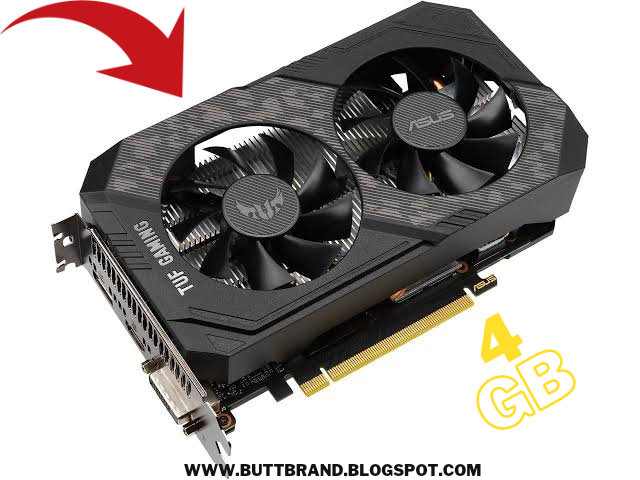Graphic card
A graphics card, which is also known as a video card, display card, graphics adapter, VGA card/VGA, video adapter, display adapter, or simply GPU, is an expansion card for a computer that produces a feed of graphics output for a display device such a monitor. To stress their distinction from integrated graphics processors on the motherboard or the CPU, graphics cards are occasionally referred to as discrete or dedicated graphics cards. The primary component of a graphics card is a graphics processing unit (GPU), although the term "GPU" is also also used to describe the graphics card as a whole.
Most graphics cards can do more than just produce images for displays. The workload on the central processing unit is lessened since the graphics processing unit can be used for additional processing. Additionally, general-purpose graphics cards can be used with computational platforms like OpenCL and CUDA. Molecular simulation, cryptocurrency mining, and general-purpose computation on graphics cards are examples of applications.
A graphics card often takes the shape of an expansion board that fits into an expansion slot on a computer.
Others might be housed in special enclosures and are linked to the computer by a docking station or a wire. They are referred to as external GPUs (eGPUs).
For better performance, graphics cards are frequently chosen over integrated graphics.
Size of graphic card
Different size profiles for desktop graphics cards enable the addition of graphics cards to smaller-sized systems. Some graphics cards are referred to as "low profile" and are not the typical size. Low-profile graphics cards can be as small as "half-height," taking up less space than a PCIe slot. Graphics card profiles are solely based on height.High-end cards typically occupy two or three expansion slots, and dual-GPU cards like the Nvidia GeForce GTX 690 typically measure more than 250 mm (10 in) in length. Length and thickness can also vary significantly.
When trying to fit numerous cards or if graphics cards have clearance challenges with other motherboard components like the DIMM or PCIE slots, a lower profile card is desirable. A larger computer case, such as a mid-tower or full tower, can solve this problem. Larger motherboards, such as those in the ATX and micro ATX sizes, may typically fit inside full towers.
Types of graphic card
Almost all graphics cards are created by the two competing companies Nvidia and AMD. Whatever type of graphics card you buy or discover inside your PC, it was almost definitely offered directly by one of these businesses or by a different business that had obtained a technical licence.
This makes buying a graphics card simpler since, despite the fact that many businesses offer them, you can always compare them directly because they all share the same underlying architecture. In other words, whether you get an Nvidia GeForce 2070 GPU from Asus, MSI, Gigabyte, or Nvidia, it will function mostly in the same way.
As direct rivals, AMD and Nvidia occasionally outperform one another in terms of performance. However, the top AMD cards typically give performance that is comparable to the best Nvidia cards.
Application of graphic card
Modern GPUs are so sophisticated and powerful that they frequently outperform or challenge the computer's CPU as the most complex and high-performance component (central processing unit).
The rendering of the common visuals you use every day is one of the many typical duties that high-end graphics cards perform. Additionally, they real-time render sophisticated 3D images for computer games.
High-end graphics cards are also necessary for graphic designers. Modern photo, video, and graphics production software utilises the graphics card rather than the computer's CPU to carry out advanced image processing. One such example is computational photography, which makes use of artificial intelligence and computer processing to produce results that were previously only possible "in the lens" when taking photos or videos.
The raw processing capacity of the GPUs in graphics cards is occasionally employed for tasks other than graphics. For instance, cryptocurrency miners use PCs with top-tier graphics cards to carry out the complex mining procedure for coins.








1 Comments
Have a wonderful article.
ReplyDelete